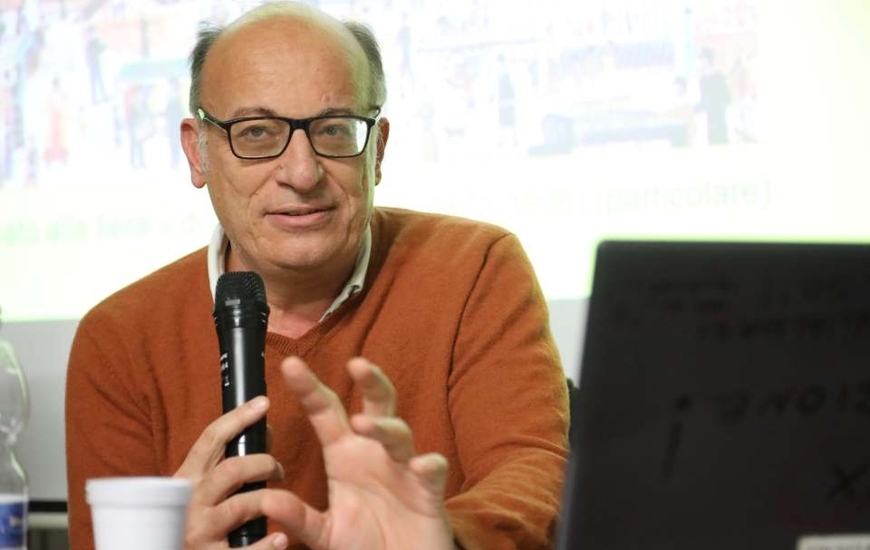Our journey to discover the future of composite materials continues. On the subject we met (and interviewed) Professor Carlo Santulli, professor of Science and Technology of Materials at the University of Camerino and expert in "biocomposites".
by NICOLA CATENARO
What is the future of composites and what are the most interesting challenges that these materials will face in the next decade?
"The future of composites is increasingly linked to their possibility to repair and then recycle at end-of-life. The capability of composite materials to supply lightly and highly performing structures is not under discussion, however, the issue remains of reducing environmental impact of production process and to extend their service duration. There are some fibers, such as for example basalt, which have shown considerable possibilities of success in different sectors, such as building and aerospace, as the replacement for glass fibers, whose production is less sustainable, offering better possibilities, for example as thermal and acoustical insulation properties".
What will be the role of biocomposites in the future of composite materials?
"I am working considerably on bioomposites, and I can say I see their potential, for the large availability of natural fibers, obtainable also as by-products of different sectors, for example the development of hemp production bears much interest as regards the textile use, which supplies products perfectly adaptable to the introduction in composites. Another important theme is the use of biopolymers or bio-based polymers not obtained from oil. In this sector there is much to do: a bio-epoxy is for example still quite removed from the bonding quality of a traditional epoxy, but this can be expected to evolve with the development of research. Moreover, there is the use of waste, both for the production of matrices, and for its introduction as filler, also from other sectors, for example production residues in agro-food sector are a source of starch and calcium carbonate, whose use leads to a higher global sustainability, and also to economical gain".
Could composites ever replace completely, or at least in the industrial production, metals?
"I am not sure whether the complete substitution of metals with composites would be desirable. Clearly with respect to steel they offer a much lighter structure and a capability to absorb damage energy in a more complex mode, which therefore results in an improved protection of the area to be preserved intact, such as the passenger compartment in the automobiles. There are nevertheless some situations in which metals remain essential, such as in applications related with the transmission of electrical and magnetic energy. On the composites’ side, there is their flexible and adaptable formulation, with the creation of hybrids including different fibers or fillers and with blends of matrices developed for the specific application".
In which new sectors would we possibly apply composites e.g., the building sector?
"The question of application of composites in sectors such as building and constructions is strictly related to their tolerance to complex environmental conditions, such as acid rain and seawater resistance. In these cases, also metals show difficulties and therefore it may be sensible to promote their replacement with composites. It is obvious though that from the point of view of design the production in molds and the subsequent application of composite panels in a building would result in a higher flexibility and adaptability to the whole construction project. Yet, on the other hand, the limit of composites can be the difficult repair and replacement in case of wear and degradation".
WHO IS
Carlo Santulli, MSc in chemical engineering (Università La Sapienza) and PhD in materials science and engineering (Liverpool University), is associate professor of Materials Science and Technology at Università degli Studi di Camerino. His research interests are on composite and nanocomposite materials, natural fibers and sustainable materials, waste upcycling and bioplastics. He has worked at Università di Roma - La Sapienza, JRC Ispra, University of Nottingham, University of Reading and Seconda Università di Napoli. He has been researcher also at Katholieke Universiteit Leuven and Ecole des Mines de Saint Etienne, and invited professor at Université de Rouen, Università di Bologna, Malnad University, Universiti Teknologi Malaysia and Universiti Putra Malaysia. He has published 194 journal papers, 22 invited chapters, 93 conference papers/abstracts. H-index: 40. i-10 index: 105.
-

-
01 March 2021






















